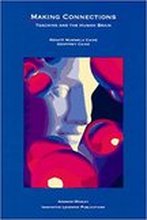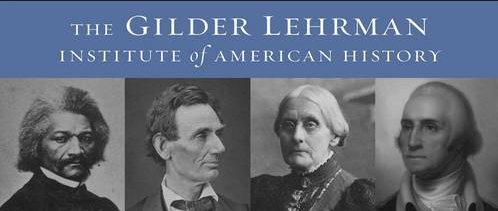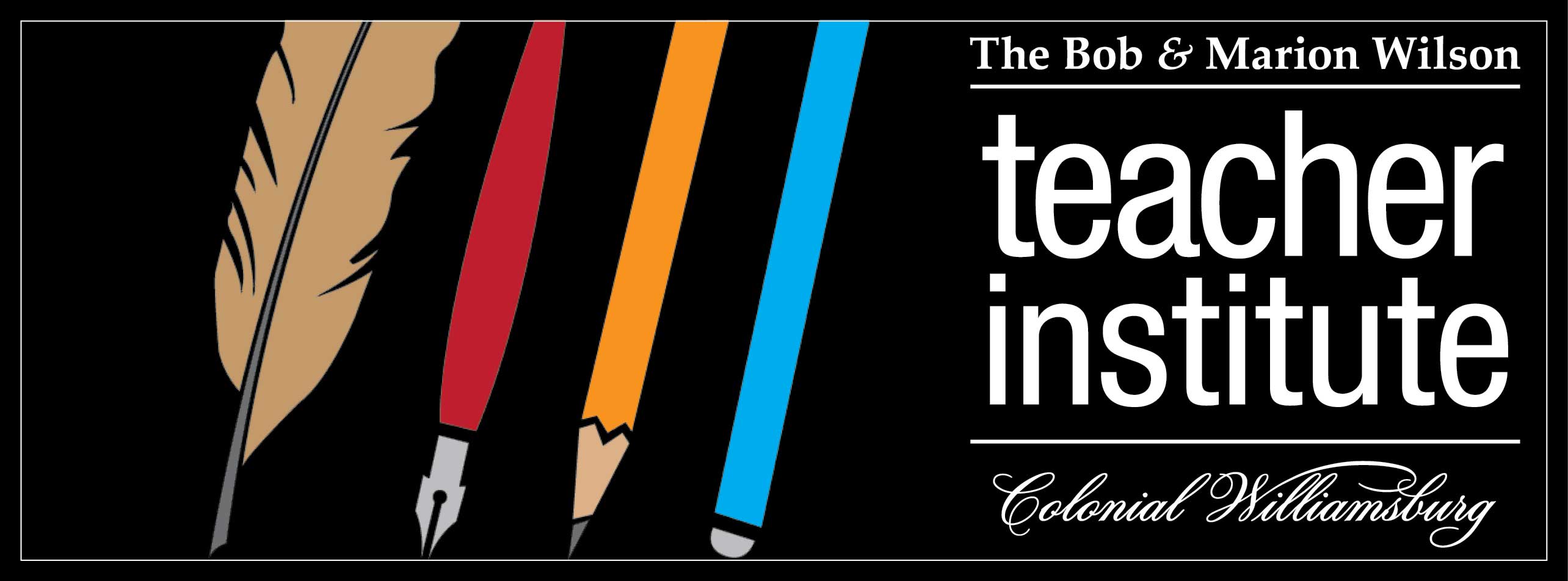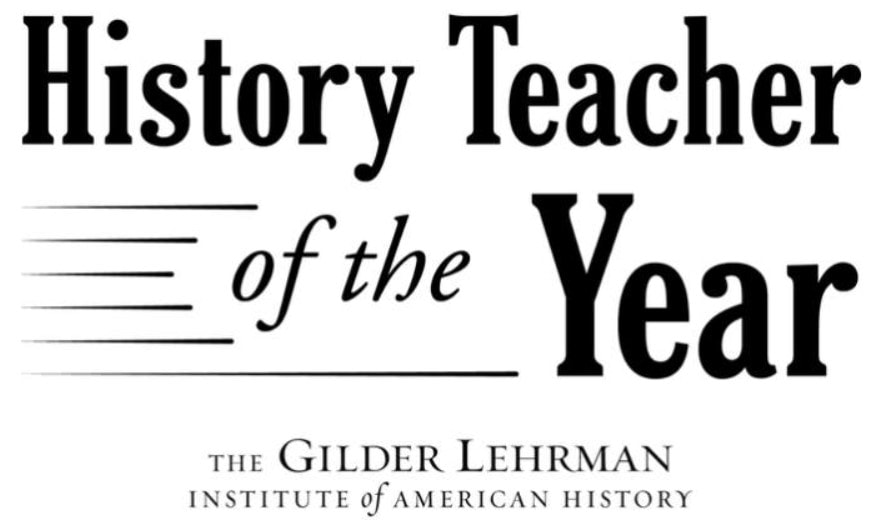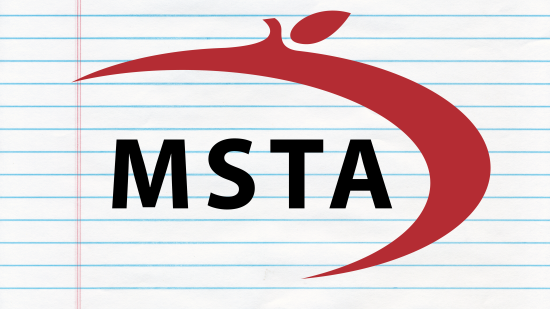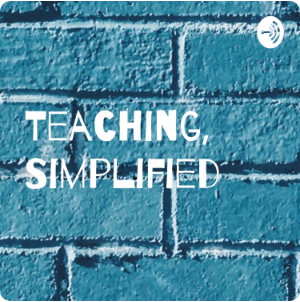| There is so much rich content in this section of the book, Making Connections: positive attitudes, making connections, creativity, and teaching to the top. I'll begin my comments with this quote from the book: Two stonecutters...were engaged in similar activity. Asked what they were doing, one answered, "I'm squaring up this block of stone." The other replied, "I'm building a cathedral." The first may have been underemployed; the second was not. Clearly what counts is not so much what work a person does, but what he perceives he is doing it for. (Wille Harman, Global Mind Change, 1988) |
Generally, I tend to be a positive person. Some people might disagree because I'm not a bubbly person, but it's true. I am the person who looks at his class with high hopes for the year. I'm the person who doesn't like to give up on kids when they fail or give up on themselves.
I know some bubbly people who are not as positive. So what if I'm not a morning person. So what if I don't wave to friends in other cars on the way to work. That may be only because I am focused on the task at hand and my mind is planning for the future.
I must realize that I am not just getting kids ready for the fifth grade (squaring up a block of stone), but instead getting them ready for the rest of their lives (building cathedrals).
Here's something else from this section of the book:
Like all professionals, teachers must assimilate basic procedures and strategies and then implement them in a way that reveals personal artistry. One of the reasons some methodologies work very well for some teachers and not for others, we suspect, has to do with the sense of artistry of different teachers and their innate but often unrecognized ability to integrate different elements of experience.
I try to be eclectic, not accepting 100% of any educational program that presents itself, choosing instead to assimilate new ideas into my current best practices. In fact, I do not believe any package is complete or has to be used completely to be effective. When I do find something that will work for me and for my students, I may even try to smoosh it into other units or activities.
Here's something else:
Knowledge becomes natural when it is sufficiently connected with what else is already known. These patterns of interconnectedness are what we call maps. To help students create sophisticated maps in the brain, teachers must not present subject matter in isolated, meaningless pieces. Rather, the student needs to experience a sense of wholeness. Crowell (1989) calls it "dynamic Unity." As Houston (1981) says, "Why is that Johnny cannot read, spell, or balance his checkbook? How could he, when his education is so fragmented?"
Teachers often seem to fear that the use of real-life activities and large-scale projects will interfere with the coverage of the prescribed materials. In effect, they often feel that invoking locale memory will jeopardize the treatment of taxon information. Our experience is directly to the contrary. The proper use of complex activities makes it possible to deal with substantially more material than would otherwise be the case. The teacher of students may model or demonstrate the subject, bring in experts, engage in genuine problem solving, interview authorities, and create learning games.
I don't have to worry about as much about kids making poor choices when they are engaged and encouraged, and I can leave at the end of the day feeling the delightful fatigue that makes me feel like I've accomplished something important.
